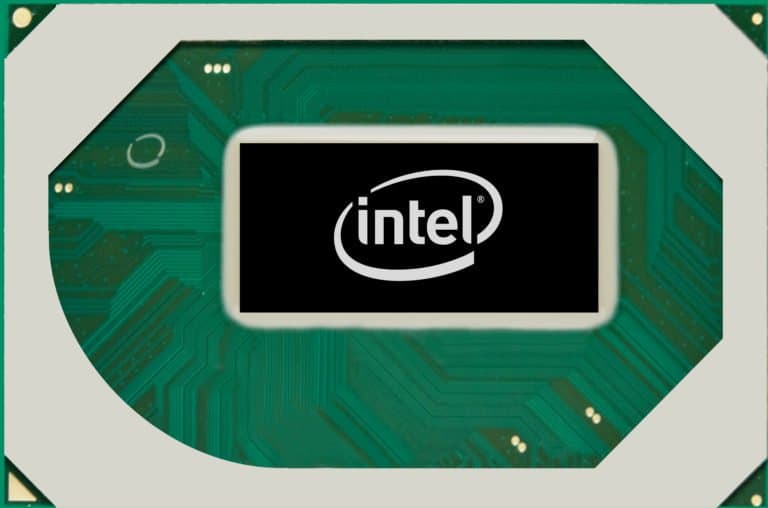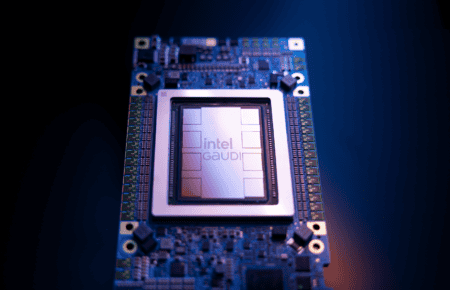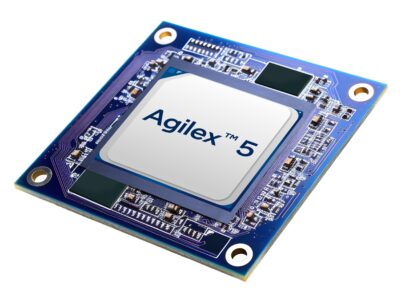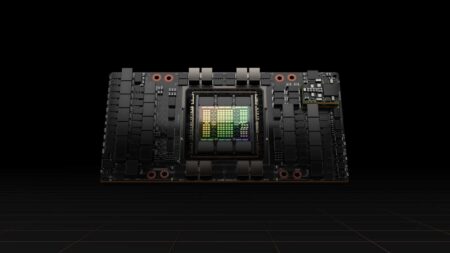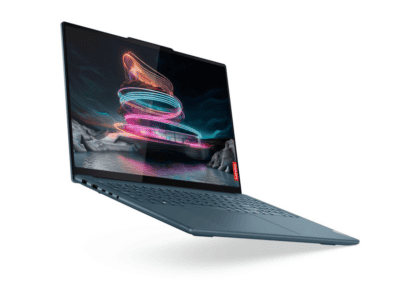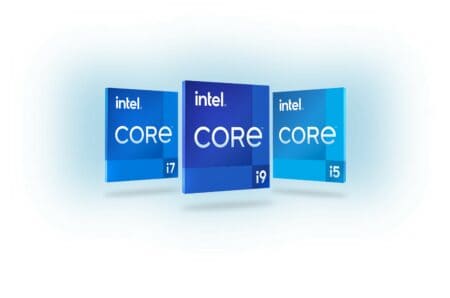Intel expands its portfolio of ninth-generation 14nm-cpus significantly. The eye-catchers can be found in the Core i9 range, where octacore chips with a clock frequency of 5 GHz come to the laptop.
Intel demonstrates that it is not afraid of AMD with the launch of several new chips under the banner of the ninth generation. The manufacturer already had some desktop processors from that family on the market, but is now expanding the range with powerful laptop carcasses.
Core i9
Most eye-catching is the Core i9 line-up, where Intel is committed to bringing desktop performance to the laptop. Leader of the series is the Intel Core i9 9980 HK. The octacore chip is equipped with sixteen threads, and has a maximum boost frequency of 5 GHz. To do so, the CPU relies on Intel Thermal Velocity Boost. This technology builds on TurboBoost, and allows for a significant increase in clock speed when the chassis has a temperature below 50 degrees.
In order to achieve this in realistic scenarios, it is up to manufacturers to provide their laptops with sufficient cooling. Even then, the 5 GHz speed can only be maintained for a shorter period of time. The base frequency is 2.4 GHz, which is still very good for a laptop processor with eight cores. 16 MB of L3 cache complete the picture. The Core i9 range is further expanded with the Core i9-9880H, which is clocked slightly lower at 2.3 GHz and 4.8 GHz. The larger brother is also fully unlocked, which makes overclocking possible. This gives OEMs the opportunity to squeeze even more processing power out of the high end chip with a good chassis.
Core i7 and Core i5
The ninth generation Core i7 range is also being expanded. The Core i7-9850H and Core i7-9750H are very similar. They share a six cores and twelve threads, as well as the basic clock rate of 2.6 GHz. The Core i7-9850H, with its 4.6 GHz turbocharged frequency, has 100 MHz more behind it and is also partially unlocked for overclockers.
Finally, the Core i5 range will also be expanded, again with two cpus that are very close to each other. The Core i5-9400H is the most powerful at 2.5 and 4.3 GHz, the Core i5-9300H keeps it at 2.4 and 4.1 GHz. Both chips are quadcores with multithreading.
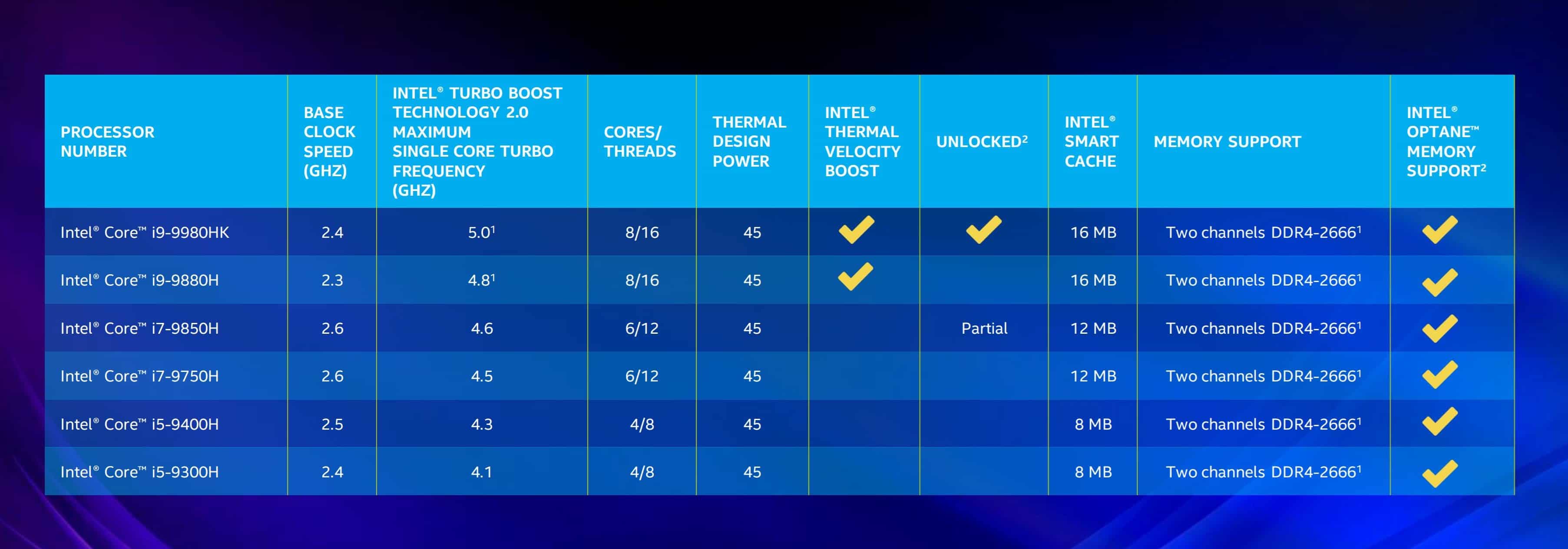
Wifi 6
The whole new lineup has a TDP of 45 watts. This means that the cpus is not meant for ultrabooks, but for more oversized laptops. Wifi 6 is standard on all new processors, as well as support for Intel Optane storage cache. The new chips will be found in more consumer-oriented laptops, but also belong in workstations. The large amount of threads and high clock speed make them ideal for workloads as well as rendering, both for CAD models and within the audiovisual sector. For a simple roll-out within an enterprise environment, the vPro capabilities are lacking. For vPro chips, Intel is still in the eighth generation, although the manufacturer has just announced new additions.
In principle, this should be the last major launch of 14 nm processors. Intel has been growing for almost 5 years now, but by the end of this year it should finally come up with its 10 nm lineup. By then, AMD should have already formulated its answer to this move with a new batch of its own cpus, baked at 7 nm.
Related: Intel introduces new vPro-cpus
This news article was automatically translated from Dutch to give Techzine.eu a head start. All news articles after September 1, 2019 are written in native English and NOT translated. All our background stories are written in native English as well. For more information read our launch article.